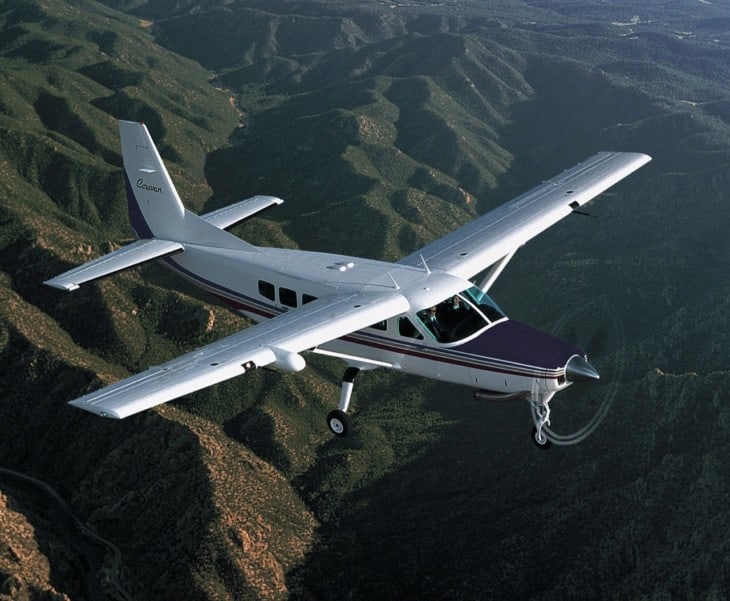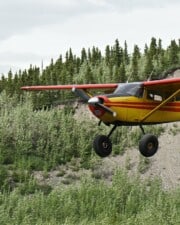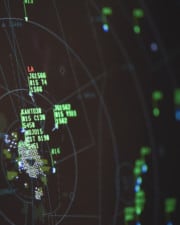Ask most people what counts as a “cross-country flight,” and chances are most will say you need to fly from coast to coast. A flight from LA to New York? Yeah, that’s about as “cross-country” as you can get!
What is the Definition of a Cross Country Flight? (According to FAA)
For pilots, the term “cross-country” is inextricably wrapped up in the FAA’s Federal Aviation Regulations (FARs). The FAA has at least seven different definitions of what is a cross-country and what is not a cross-country. The usual definition is a flight between two airports that are more than 50 nautical miles apart, but there are several variations of the rule.
Why Does Cross Country Time Matter?
Why does it matter? The FAA sets precise experience requirements that airmen need to get before they’re eligible for a certificate.
For example, say you’re working on your private pilot certificate. The FARs layout exactly what “aeronautical experience” you need to have before you can go for the checkride and get your license. In those requirements is a requirement for a certain amount of cross-country time.
Now, if the FAA didn’t further define what a cross-country is, some people might assume that means any flight to another airport, while other folks might go ahead and assume that they need to cross the entire country!
So the FAA takes the time to lay out what exactly counts as a cross country and what does not. There are some exceptions, too. For example, what about pilots learning to fly on small islands, and a legal cross country would require flying over long stretches of water away from land? These pilots get a break from the regulations.
What is Cross Country Flight Training?
What is all this hubbub about cross countries, anyway? To understand why the topic is so important, it’s good to understand the steps a student pilot takes to get their license.
The first stages of pilot training are called the “pre-solo” phase. It’s here that a pilot learns to fly the plane—those infamous stick-and-rudder skills. Students’ time is spent mastering basic maneuvers and learning the basics, like talking on the radio and how to land at their home airport.
Very little of this training is done away from their home airport. In fact, nearly every training flight looks the same—takeoff, do some maneuvers in a nearby practice area, then return to the airport for landing practice.
If there are other airports within sight, they might get used, too. But the training is kept local until the student can solo the plane at their home airport.
Once they’ve soloed, their training enters the “cross-country” phase. The primary purpose in this phase is to take what they’ve learned and add in navigation to far-off airports.
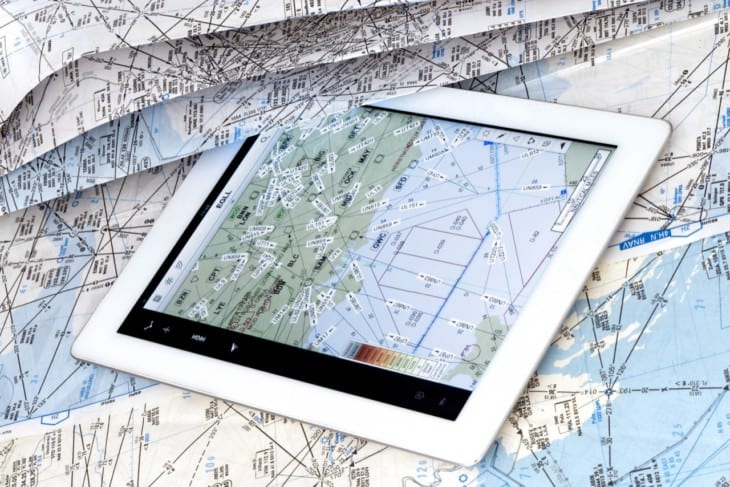
Most training airplanes have enough fuel in the wings to fly for three to five hours non-stop, but doing such long cross countries seldom adds much value and quickly drains a student’s pocketbook.
Instead, an imaginary line is drawn from the student’s home airport to an airport somewhat far away. For private pilot students, the other airport must be more than 50 nautical miles away to consider it a cross-country.
Once a student has mastered flying cross countries with their instructor, they’ll have to practice a few on their own, too. These solo cross-country requirements are also explicitly laid out in the FARs.
What Distance is considered a Cross Country? (By the FAA)
One confusing factor about the FAA’s definition requirement comes from FAR Part 61.1, Definitions. Here, “cross-country time” is defined as any time in an aircraft, flown by a licensed pilot, that lands at a point other than the departure airport and requires using various navigation techniques.
From that vague definition, it is clear that any flight from one airport to another can be logged as cross-country time in your logbook.
But that’s only the first section of the rule. After that, the rule gets more specific. It explains that cross country time “for the purpose of meeting the aeronautical experience requirements” of other ratings.
Private Pilot (PPL) and Commercial Pilot Cross Country Requirements
First, the rule specifies cross countries for earning a private or commercial certificate in anything other than a rotorcraft or a powered parachute (those are addressed later on).
For these fundamental licenses, a cross country must include a point of landing at least a straight-line distance of more than 50 nm from the original point of departure. In addition, the pilot must use navigation techniques, namely dead reckoning and electronic and radio navigation aids to get there.
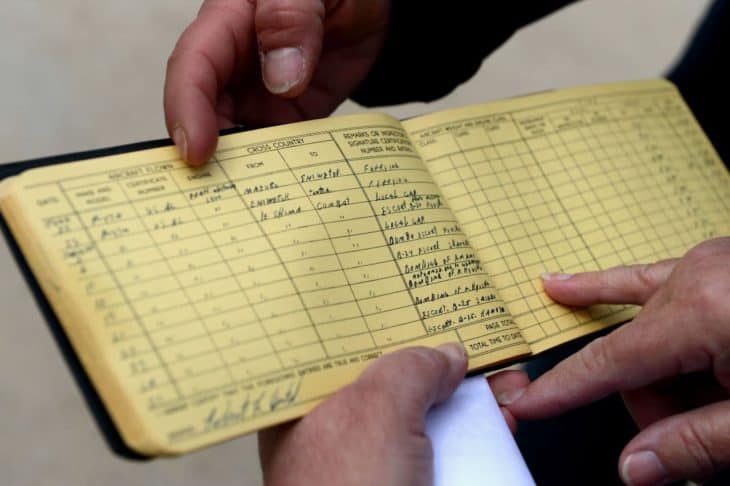
The private pilot certificate also requires some particular cross countries times and flights. You can find these requirements in FAR Part 61.109 Aeronautical Experience.
- Three hours of cross country flight instruction time
- One night cross country of over 100 nm total distance
- Five hours of solo cross country time
- One solo cross country of 150 nm total distance and landings at three points, with one leg more than 50 nm between the takeoff and landing
Similarly, the commercial pilot certificate requires specific times and flights, found in FAR Part 61.129.
Sport Pilot Cross Country Requirements
The sport pilot certificate is slightly more restrictive than the private, but it is designed to be faster and cheaper to achieve. As such, the sport pilot only needs to fly 25 miles from an airport to count towards their cross-country time.
Powered Parachute Cross Countries
Powered parachutes aren’t luxury cross-country machines, but their pilots are still required to learn the skills necessary to get where they’re going. A cross-country in a powered parachute only needs to be 15 nm from the point of departure.

Rotorcraft Cross Country Time
Rotorcraft licenses, like helicopters and gyrocopters, require cross countries of only 25 nm from the point of departure to the landing.
ATP Pilot Cross Country Requirements
For the airline transport pilot (ATP) certificate, the cross-country distance is set to the “standard” 50 nm. But for this rating, the pilot does not need to land at the other airport. In this event, they could fly over the runway for an instrument and “go missed”–not landing at the airport—but still log the flight time as “cross-country” towards the rating.

Military Pilot Cross Country Time
Due to the differences in how flight times are logged, the FAA allows military pilots applying for licenses to count any flight 50 miles from their point of departure as a cross-country flight.
Related Posts
